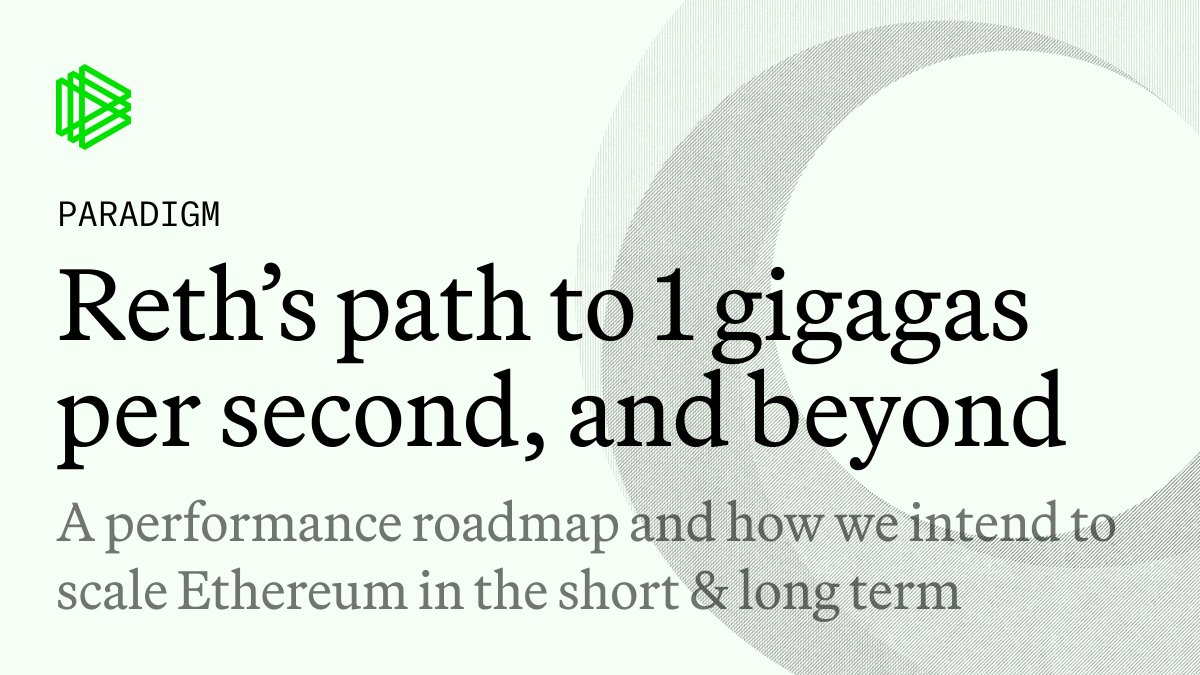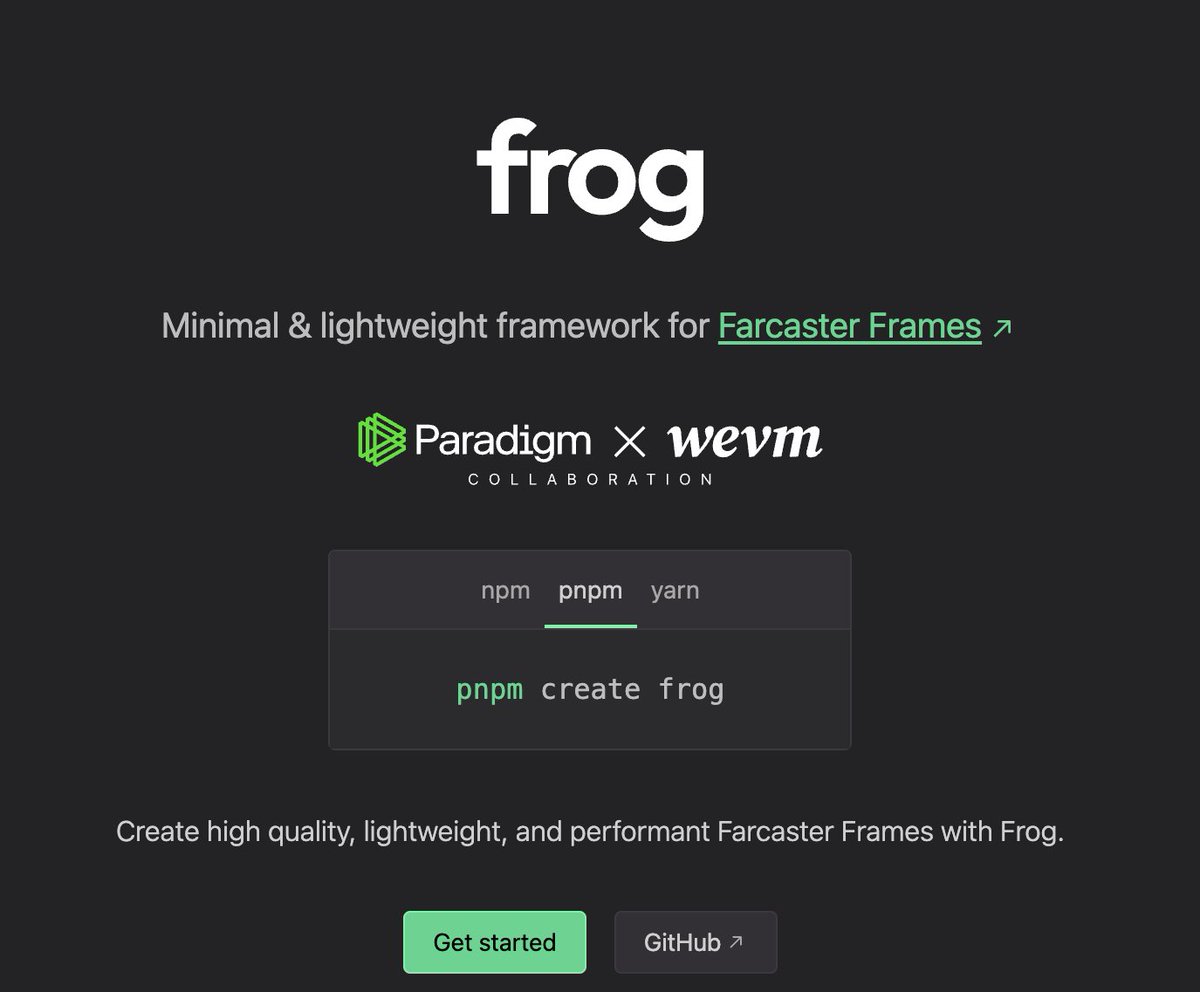on rollups, L1s, interop, safety, censorship resistance:
rollups scale better than fast L1s because they can have a smaller replication factor than L1s.
less redundancy = more room to go faster due to less communication overhead between block producing nodes. verifying nodes can always up by leveraging the block producers to assist them with verification (e.g. verifiers can do low cost stateless & parallel execution using verkle trees witnesses on L2 and keep up even tho there may only be a few large sequencer machine that can produce blocks)
so it's easy to expect that there will be a few extremely fast rollups, where x-rollup interop won't be the main issue, and then there's a long-tail of rollups where interop might be harder yet not matter as much.
if you want to interoperate with assets on the L1 (hint, you do) then your system has a bridge where the bridged assets are secured as if they were in the L1.
also -- despite the less redundancy, you achieve censorship resistance same as the L1, using it as a slow path if the fast path fails.
this is done by making the L1 contain a summary of the L2 state, and enabling the L1 verify claims about the L2 state (e.g. "privileged entity tried to censor my transaction/steal my money, L1 please punish them") interactively w/ the fault proof or non-interactively w/ the ZKP, both techniques which are taking an execution trace, committing to it, and making a bunch of statements against it. then the L1 gets convinced about them by sampling i.e. checking here and there to see if you did the work correctly and punishing you if you didn't.
non-surprisingly, Ethereum L1 data availability sharding also works by sampling.
this hopefully gives you an intuition on how you can stack a few techniques together to achieve fast systems which are censorship resistant, safe, and do not require a large set of operators coming into consensus, using the L1 as a ground truth court.
rollups scale better than fast L1s because they can have a smaller replication factor than L1s.
less redundancy = more room to go faster due to less communication overhead between block producing nodes. verifying nodes can always up by leveraging the block producers to assist them with verification (e.g. verifiers can do low cost stateless & parallel execution using verkle trees witnesses on L2 and keep up even tho there may only be a few large sequencer machine that can produce blocks)
so it's easy to expect that there will be a few extremely fast rollups, where x-rollup interop won't be the main issue, and then there's a long-tail of rollups where interop might be harder yet not matter as much.
if you want to interoperate with assets on the L1 (hint, you do) then your system has a bridge where the bridged assets are secured as if they were in the L1.
also -- despite the less redundancy, you achieve censorship resistance same as the L1, using it as a slow path if the fast path fails.
this is done by making the L1 contain a summary of the L2 state, and enabling the L1 verify claims about the L2 state (e.g. "privileged entity tried to censor my transaction/steal my money, L1 please punish them") interactively w/ the fault proof or non-interactively w/ the ZKP, both techniques which are taking an execution trace, committing to it, and making a bunch of statements against it. then the L1 gets convinced about them by sampling i.e. checking here and there to see if you did the work correctly and punishing you if you didn't.
non-surprisingly, Ethereum L1 data availability sharding also works by sampling.
this hopefully gives you an intuition on how you can stack a few techniques together to achieve fast systems which are censorship resistant, safe, and do not require a large set of operators coming into consensus, using the L1 as a ground truth court.
*verifying nodes can always keep up by leveraging the block producers to assist them with verification
typo despite a thousand edits ^^
typo despite a thousand edits ^^
• • •
Missing some Tweet in this thread? You can try to
force a refresh








